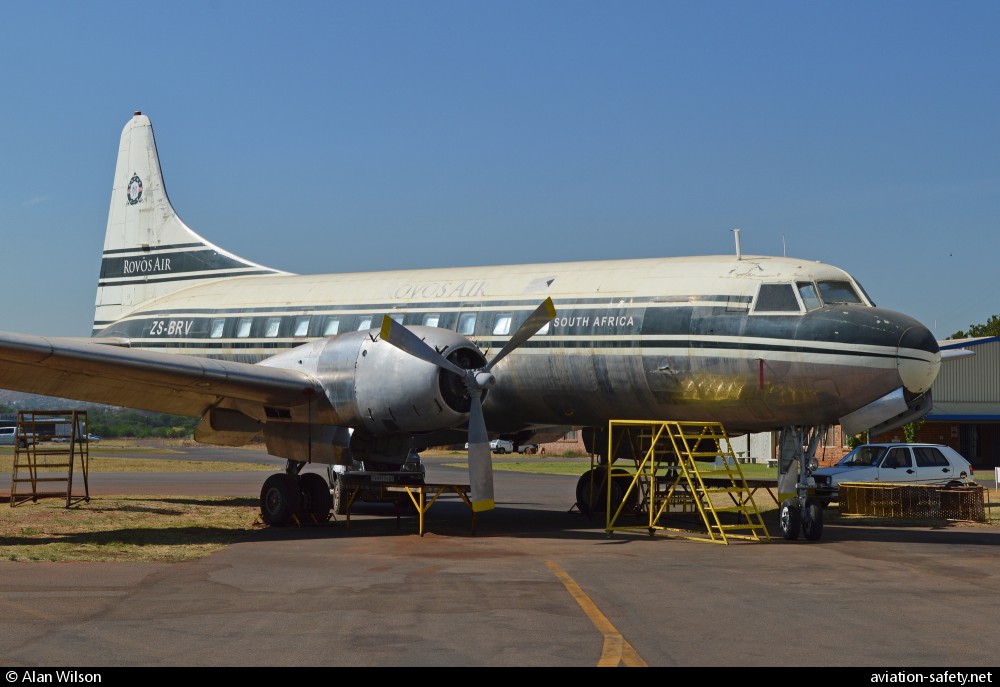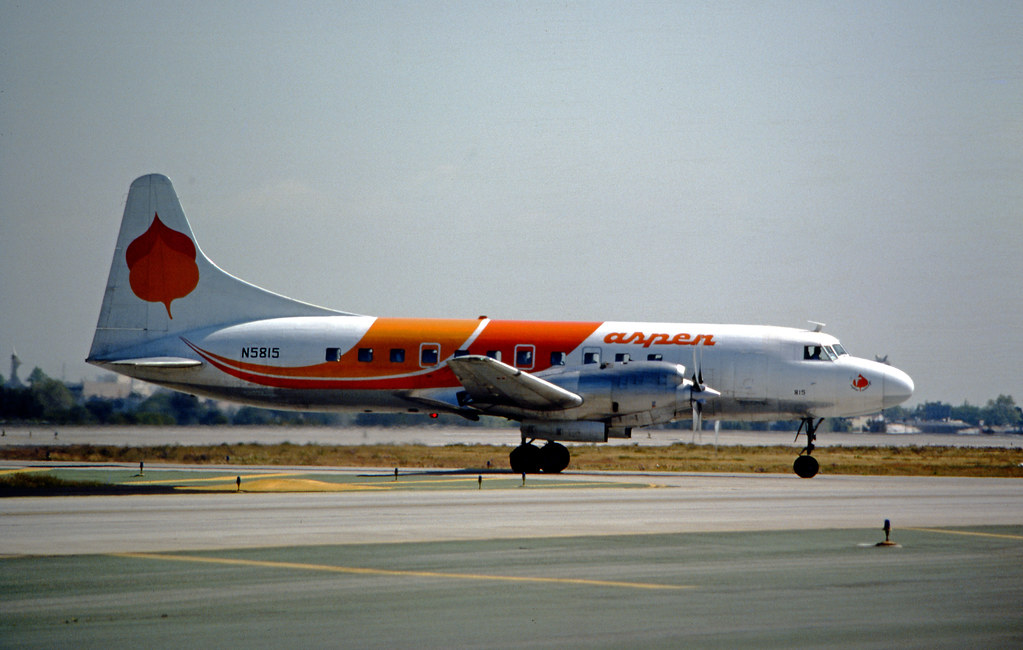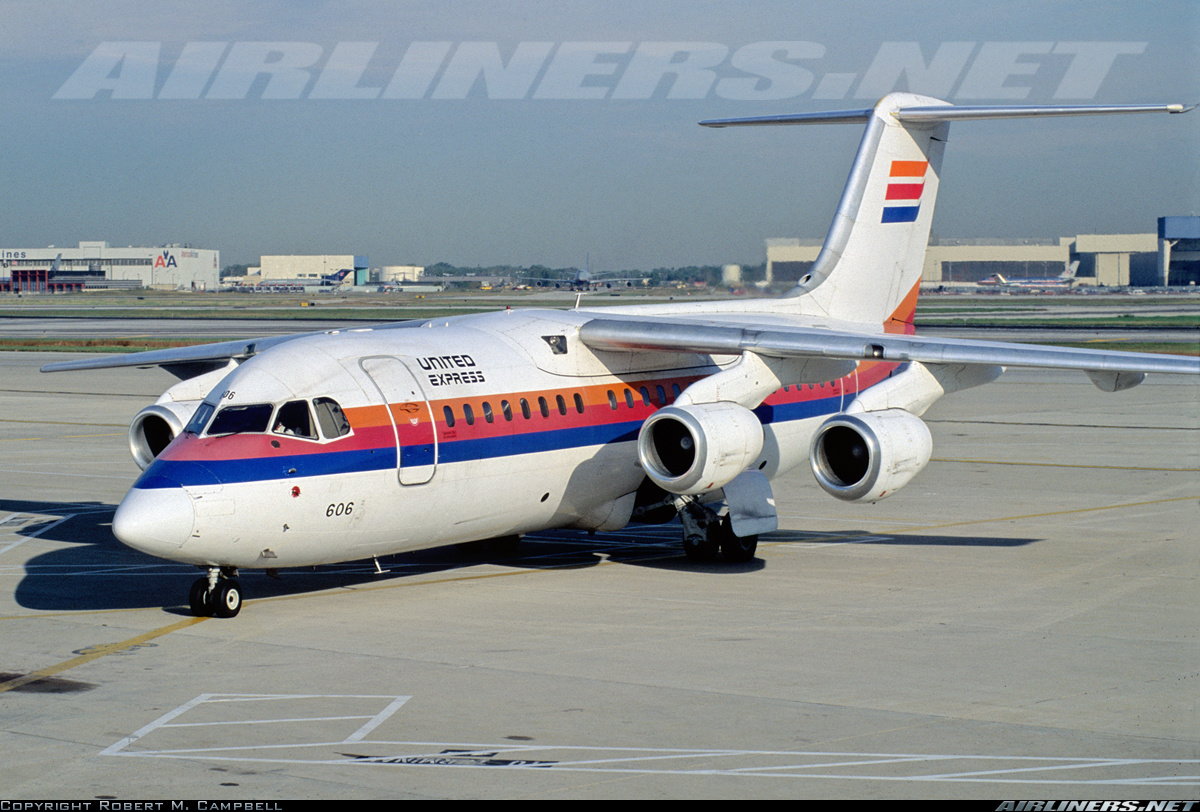SixPapaCharlie
May the force be with you
- Joined
- Aug 8, 2013
- Messages
- 16,012
- Display Name
Display name:
Sixer
If this is not appropriate I will pull it. I don't know if it's out of line.

I'd like to know why according to the news they had 19 people aboard for a test flight.
I remember flying in the CV 340 as a kid to see the grand parents. Between Dallas Love and Midland-Odessa, and then San Angelo when they moved there.
View attachment 65117
Yeah you’d think, especially at altitude.I would imagine that the plane that was supposed to be the successor to the DC-3 would be able to maintain at least level flight with one engine inop
That video is actually pretty helpful as it answers some questions.Yeah that video is nuts. At least most of the people I believe survived. Really curious what happened, I would imagine that the plane that was supposed to be the successor to the DC-3 would be able to maintain at least level flight with one engine inop
They were trying to be nice and give a ride to a bunch of people that had helped get it back into the air.I'd like to know why according to the news they had 19 people aboard for a test flight.
Either way, it’s hard to climb out with one engine on fire and still windmilling.
That looks like a turboprop CV 340?
Just rewatched it. Good point. I noticed when I first watched the video that they were not turning into the dead engine (but away from it, perhaps in an attempt to make it back to the runway but gave up likely when they realized they didn't have the energy for it) and the pilots it looked like did a solid job of keeping it from stalling.. just flew it controlled into the ground, which I bet is why there were as many (or any) survivorsThis internal video explains that. The prop was never feathered.
that makes sense. I remember watching an Air Disasters about a plane who's prop control failed, and the fail safe was to feather, however at certain airspeeds and propeller aerodynamic loads the prop would instead go to flat pitch.. naturally they crashed with I don't think any survivors. Found it: https://en.wikipedia.org/wiki/Atlantic_Southeast_Airlines_Flight_2311 <- seems insidious. I can't imagine being a pilot and trying to diagnose that! Flying also had an ILAFT where someone managed to restart a feather prop by increasing the airspeed and getting it to windmill even from featheredthe spurts of flame you see in the video was the crew trying to push the button which was pumping oil into the fire.
Excellent point. Our training has gotten very "safe" in that regard.. with the hope that an accident won't happen, and if it does, then you can go off checklists and rote memory items. Stall recovery training always surprised me how "controlled" it was... you spend 5 minutes "setting up the aircraft" then very gently do a little baby stall. CFIs and examiners should sneak it up on you... like halfway through your steep turns start to finagle the power (or something) to get you into a situation where a stall may happen.. and if it does could generate into a spin... like the "turn to final" stall. Until it sneaks up on you and you can recover it I would say you aren't really *trained* in many areas. Imagine if you never had to actually do an instrument approach in instrument training.. "you know, just follow the needles, and maintain 90 knots" <- well it's much harder in practice! Engine failures, stalls, etc., if anything are worse because the anxiety is that much higherLoad of crap - if you can't fly it on one engine in a controlled manner under good conditions in VMC for a test, what makes you think you're competent to fly it when one fails for real at an inopportune time? Answer: You're not, and that means you're safer in a single.
Excellent point. Our training has gotten very "safe" in that regard.. with the hope that an accident won't happen, and if it does, then you can go off checklists and rote memory items. Stall recovery training always surprised me how "controlled" it was... you spend 5 minutes "setting up the aircraft" then very gently do a little baby stall. CFIs and examiners should sneak it up on you... like halfway through your steep turns start to finagle the power (or something) to get you into a situation where a stall may happen.. and if it does could generate into a spin... like the "turn to final" stall. Until it sneaks up on you and you can recover it I would say you aren't really *trained* in many areas. Imagine if you never had to actually do an instrument approach in instrument training.. "you know, just follow the needles, and maintain 90 knots" <- well it's much harder in practice! Engine failures, stalls, etc., if anything are worse because the anxiety is that much higher
Correct. I'm not aware of any propeller aircraft that is designed to be able to maintain altitude with one engine windmilling. In some cases if you're particularly lightweight and conditions are favorable you might be able to, but it's an uphill battle.
The report said Pratt R-2800s, and the photo supported that. So now you've got a radial engine, which hurts that.
With ~20 people on board, my guess is that airplane wasn't at gross but not as light as it could've been, which hurts things. But as @Fearless Tower said, without the prop being feathered, that's going to be hard. My guess is that the pilots probably tried feathering it but it didn't work. Those old propellers were known for having issues feathering.
You'd be surprised how many piston aircraft won't feather like they're supposed to, either. That's why you should check that every year in flight to make sure it will actually feather before annual. But most pilots don't, justifying it by saying it's dangerous to do so. Load of crap - if you can't fly it on one engine in a controlled manner under good conditions in VMC for a test, what makes you think you're competent to fly it when one fails for real at an inopportune time? Answer: You're not, and that means you're safer in a single.
Yes, but I was asking about the airplane in post #2.
I remember flying in the CV 340 as a kid to see the grand parents. Between Dallas Love and Midland-Odessa, and then San Angelo when they moved there.
View attachment 65117

Without going down a tangent... do/did planes like the DC3/DC6/DC7/CV340, etc., have ice protection... or did they just not fly in it / get out of it? I ask because most "modern" turboprops and other prop driven planes all have boots for ice protection.. some like the Cirrus and some Diamond have the TKS weeping wing
I've never seen "boots" on one of the propeller airliners... yet I presume they flew into ice? Did they heat the wing with some other means?
Thanks! Was it an option that most did not have? I don't think I've ever seen a classic "prop giant" photo of one with boots, like the one below. Just curious
View attachment 65130
Thanks! Was it an option that most did not have? I don't think I've ever seen a classic "prop giant" photo of one with boots, like the one below. Just curious
View attachment 65130
A lot of the current DC-3s/C-47s have ‘painted’ boots. Basically the boots have long been removed and black paint applied to complete the ‘look’.I think today many of the show planes we’ve seen that are DC-3s have had them removed. I didn’t realize that the 6/7 had heated wings (thanks for that @Plano Pilot ) but most had boots. Even some of the older jets had boots. Jetstar comes to mind.
A lot of the current DC-3s/C-47s have ‘painted’ boots. Basically the boots have long been removed and black paint applied to complete the ‘look’.
As you likely know, boots are bloody expensive to replace.
There are still a few Beech 18s flying around with working boots. A friend of mine still had boots on his and they work. Mine were removed decades ago.
A lot of the current DC-3s/C-47s have ‘painted’ boots. Basically the boots have long been removed and black paint applied to complete the ‘look’.
As you likely know, boots are bloody expensive to replace.
There are still a few Beech 18s flying around with working boots. A friend of mine still had boots on his and they work. Mine were removed decades ago.
I remember flying in the CV 340 as a kid to see the grand parents. Between Dallas Love and Midland-Odessa, and then San Angelo when they moved there.
View attachment 65117


I flew in one of these back in the late 80's, round trip from Denver to Aspen. IIRC, Aspen's main competitor, Rocky Mountain Airways was flying DH Dash 7s. Later they flew yet another odd aircraft, the BAE 146:

The prop was never feathered. Not sure why. Could be that there was something wrong with the system and it wouldn’t feather, could be they forgot to feather or feathered the wrong engine or they chose not to feather thinking it was still producing power.
